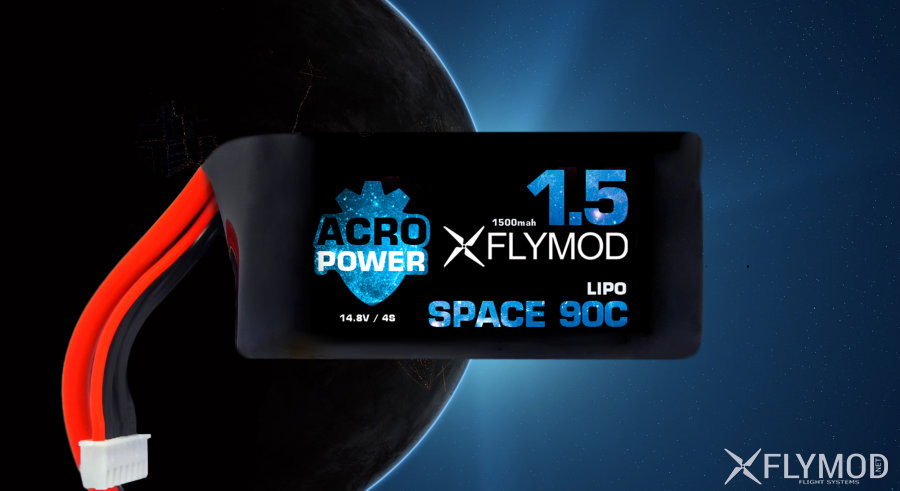- My cart
- Prices in: USD
Show prices in:
- Exchange $: 42.9uah
- UA RU EN
Authorization withGoogle
Authorization withGoogle
Show prices in:

Many pilots have noticed that in winter season, when the temperature outside and indoors decreases, such a characteristic of the battery as resistance (mΩ), when measured by testers and special devices, shows not quite ideal results, which are usually considered to be in the range of 2-4mΩ. Below we will try to understand why this happens.
All chemical batteries convert chemical energy into electrical energy. From a chemical point of view, in the electrolyte inside the cell, one electrode dissolves and another electrode recovers. At the same time, ions of that substance break away from the dissolving electrode, taking the positive charge with them. And the electrons, previously belonging to this metal atom and not being able to leave with it, remain on this electrode.
As a result, it turns out that under the influence of an external source of electric field (when charging the battery), we forcibly transform one substance into another, and when connected to the circuit of the quadrocopter, we allow the accumulated electricity to leave, through the reverse chemical transformation of substances.
A chemical reaction consists of a series of processes that proceed at a certain rate. The following factor, kinetics, can affect the rate at which a reaction proceeds. In many chemical reactions, including those that take place in LiPo, the reacting species form intermediate species of matter that then react back. This requires the presence of a certain "active" level of kinetic energy. All reactants in the cell have a different level of kinetic energy, which is distributed in a parabola. Only those reactants whose kinetic energy level is higher or equal to the activation level can enter into chemical reactions.
Since temperature is a measure of kinetic energy, it directly affects the reactions within the cells. A lower cell temperature means lower kinetic energy, which means that fewer types of reactants will have sufficient energy to activate a chemical reaction. As a consequence, the number of conducting electrons decreases and the resistance of the cans increases.
Batteries, in turn, can also differ in their chemical composition, which is more or less affected by temperature. Also some batteries reach their working resistance (and even capacity) after several charge-discharge cycles after factory storage of cells.
It is worth paying attention to the fact that even expensive chargers from well-known companies measure the resistance of cans with some error, based on the difference in voltage of cans under load and without according to Ohm's law (the more the charger can give the load, the more accurate the measurement). Therefore, you should only trust the figures in relation to measurements of "bad" and "good" cans.
We made measurements on Flymod Acro Power Space 4S 1500mAh 90C Flymod Acro battery at different battery temperatures and showed the difference in resistance readings on the video.
As the cell temperature increases, in a hypothetical reference battery, the resistance tends to zero. For most LiPo batteries, presented in Flymod.net online store, the recommended temperature for use is 26-30 degrees Celsius. In operation (flight) the battery heats up, so the resistance of the cells decreases and does not worsen the parameters of capacity and current output.
Don't forget that in winter on outdoor flights it is desirable not to overcool the batteries, it will be better to wrap them with a cloth made of wool or a heated mat.
Comments
Registration